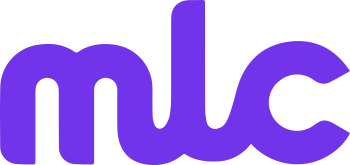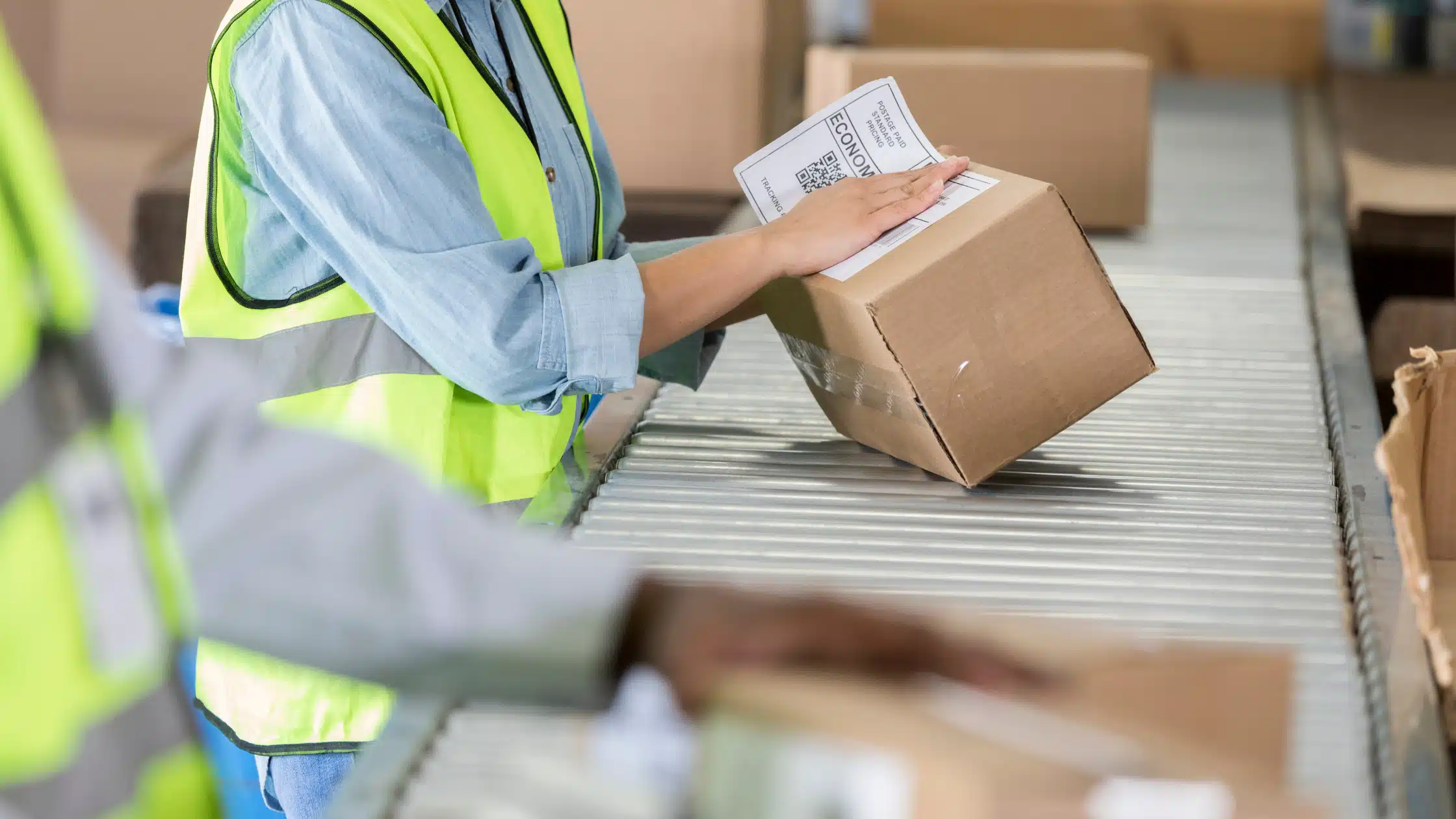Multilingual Labelling and Packaging Translation for Medical Devices
Medical device manufacturers expanding into international markets face a critical challenge: creating multilingual labelling and packaging that meets regulatory requirements in each target region. Accurate translation of medical device labels and packaging is not merely a marketing consideration—it’s a mandatory compliance requirement that directly impacts patient safety and market access. This comprehensive guide explores the essential aspects of multilingual labelling and packaging translation for medical devices, helping manufacturers navigate complex global requirements effectively.
The Critical Importance of Multilingual Medical Device Labelling
Multilingual labelling for medical devices serves several essential functions beyond mere regulatory compliance:
Patient Safety and Proper Device Use
Clear, accurate multilingual labelling ensures:
- Proper identification of the device and its intended use
- Correct handling and storage instructions
- Critical safety warnings and contraindications
- Accurate dosage or usage parameters
- Identification of materials that may cause allergic reactions
- Clear expiration dates and lot/batch information
When medical device labels and packaging are improperly translated, the consequences can range from confusion and improper use to serious adverse events and potential patient harm.
Regulatory Requirements for Medical Device Labelling Translation
Medical device packaging translation requirements vary by region, but all major markets mandate local language labelling:
European Union (EU MDR)
The EU Medical Device Regulation (2017/745) requires:
- Labels and packaging information in the official language(s) of each EU member state
- Specific symbols and information in a legally prescribed format
- Compliance with Annex I requirements for label content and readability
United States FDA
The FDA requires:
- English language labelling for US distribution
- Bilingual labelling (typically English/Spanish) for certain markets
- Symbol glossaries when standardised symbols are used
- Compliance with UDI (Unique Device Identification) requirements
Asia-Pacific Markets
Requirements in key Asian markets include:
- Japan: Japanese language labelling with country-specific information
- China: Simplified Chinese labelling conforming to NMPA standards
- South Korea: Korean language requirements with specific content rules
Other International Markets
Additional considerations include:
- Middle East: Arabic translation requirements with right-to-left formatting
- Latin America: Spanish or Portuguese with country-specific variations
- Canada: Bilingual requirements (English and French)
Failure to meet these diverse labelling translation requirements can result in import delays, regulatory rejections, forced relabelling, or even product recalls.
Key Components Requiring Multilingual Translation in Medical Device Packaging
A comprehensive approach to medical device packaging translation must address all label components:
Device Identification and Basic Information
- Product name and description
- Manufacturer and authorised representative details
- Lot/batch number and manufacturing date
- Expiration date or shelf life
- UDI (Unique Device Identifier) information
- Model/reference numbers
Usage and Safety Information
- Intended purpose/indications for use
- Contraindications and warnings
- Precautions and potential adverse effects
- Sterility information and sterilisation methods
- Storage and handling conditions
- Single-use or reusable status
Symbols and Graphical Elements
- Standardised ISO symbols
- Custom symbols with explanations
- Warning icons
- Graphical instructions for use
- QR codes and electronic information references
Regulatory Compliance Markings
- CE marking for European markets
- Country-specific approval numbers
- Notified Body identification
- Electronic instructions for use (eIFU) references
- Environmental and disposal information
Each of these elements requires precise translation while maintaining consistent formatting, symbols, and regulatory compliance across all target languages.
Unique Challenges in Medical Device Labelling Translation
Multilingual labelling for medical devices presents several specialised challenges:
Space Constraints and Text Expansion
Medical device labels and packaging often have limited space, yet translations may expand text length:
- Germanic languages typically expand 10-35% compared to English
- Romance languages can expand 15-30%
- Some Asian languages use characters that require specific spacing considerations
This space constraint requires strategic approaches to maintain all required information while ensuring readability.
Regulatory Terminology Precision
Each regulatory jurisdiction has specific terminology requirements that must be precisely followed:
- Standardised warning statements with prescribed wording
- Required regulatory phrases that cannot be paraphrased
- Market-specific compliance language
Deviating from these prescribed terms, even slightly, can result in non-compliance findings.
Formatting and Layout Challenges
Multilingual packaging creates unique formatting challenges:
- Right-to-left languages (Arabic, Hebrew) require layout adjustments
- Asian languages may have different line spacing requirements
- Symbol-to-text relationships must be maintained across languages
- Multiple languages on small labels require careful design approaches
These formatting considerations must be addressed while maintaining regulatory compliance and usability.
Symbols and Pictogram Integration
Medical device labels rely heavily on standardised symbols that must be correctly integrated with text:
- ISO 15223-1 medical device symbols
- GHS hazard symbols
- Custom device-specific symbols
- Accessibility and usability symbols
Each symbol may require specific explanatory text in multiple languages, creating additional translation challenges.
Best Practices for Medical Device Multilingual Labelling
To navigate these challenges effectively, medical device manufacturers should follow these best practices:
1. Implement a Comprehensive Regulatory Strategy
Develop a clear understanding of labelling requirements in all target markets:
- Create a regulatory requirements matrix for each country
- Identify country-specific unique labelling elements
- Track regulatory updates that may affect labelling requirements
- Consult with regulatory specialists in uncertain markets
This foundational step ensures that translation efforts align with actual compliance requirements.
2. Partner with Specialised Medical Device Translators
Work with translation providers who specialise in medical device labelling:
- Translators with device-specific expertise and regulatory knowledge
- Experience with multilingual labelling for your device category
- Familiarity with space constraints and text expansion issues
- Understanding of symbol usage and associated text requirements
Specialised translation partners can anticipate and address the unique challenges of medical device labelling.
3. Develop Comprehensive Terminology Management
Create and maintain detailed terminology databases:
- Standardised regulatory phrases in all target languages
- Device-specific terminology with approved translations
- Warning and safety information with validated translations
- Consistent translations for repeated elements
Robust terminology management ensures consistency across all product lines and packaging types.
4. Design for Multilingual Content from the Start
Incorporate multilingual considerations into initial package design:
- Allow space for text expansion in layouts
- Design modular label structures that accommodate multiple languages
- Utilise standardised symbols to reduce text requirements
- Consider e-labelling options where regulatory permissible
Proactive design approaches minimise costly redesigns and compliance issues.
5. Implement Rigorous Quality Control Processes
Establish comprehensive quality checks for translated labels:
- Back-translation verification for critical safety information
- In-country linguistic review by medical professionals
- Regulatory compliance review in each target market
- Physical mock-up verification to check space limitations
- Usability testing with actual users
These quality control measures help identify potential issues before final production.
6. Leverage Technology Solutions
Utilise specialised tools for multilingual labelling management:
- Labelling automation systems with translation memory
- Artwork management solutions that track translations
- Validation software for regulatory phrase checking
- Version control systems for tracking changes across languages
Technology solutions improve efficiency while reducing error risks in complex multilingual labelling.
The Future of Multilingual Medical Device Labelling
The landscape of medical device labelling continues to evolve with several emerging trends:
Electronic Labelling Expansion
As regulatory frameworks increasingly accept electronic instructions for use (eIFU):
- Greater content flexibility without physical space constraints
- Enhanced usability through searchable digital formats
- Improved update management across multiple languages
- Reduced environmental impact through less printed material
This trend offers new opportunities for multilingual content management.
Global Harmonisation Initiatives
International efforts to harmonise medical device regulations are impacting labelling:
- The Medical Device Single Audit Program (MDSAP)
- International Medical Device Regulators Forum (IMDRF) initiatives
- UDI implementation harmonisation
- Symbol standardisation efforts
These harmonisation initiatives may eventually simplify multilingual labelling requirements.
AI and Machine Translation Advances
While human translation remains essential for regulatory content, technology is enhancing the process:
- AI-assisted translation with human oversight
- Context-aware machine translation for consistent terminology
- Automated quality checks for regulatory compliance
- Translation memory systems with regulatory updates
These technologies can improve efficiency while maintaining the human expertise necessary for compliance.
Key Takeaways for Medical Device Manufacturers
Successfully navigating multilingual labelling and packaging translation requires:
- Regulatory Expertise: Understanding the specific requirements in each target market
- Specialised Translation Partners: Working with experts in medical device labelling
- Proactive Design Approaches: Creating packaging that accommodates multiple languages
- Robust Quality Control: Implementing comprehensive verification processes
- Strategic Technology Use: Leveraging tools to manage complex multilingual content
- Future Readiness: Preparing for evolving electronic and harmonised labelling trends
By implementing a comprehensive approach to multilingual labelling and packaging translation, medical device manufacturers can ensure regulatory compliance, enhance patient safety, and successfully access global markets with their innovative products.
For manufacturers seeking to navigate these complex requirements effectively, partnering with specialised translation services with proven expertise in multilingual medical device labelling can provide the guidance and support needed for successful global market expansion.

